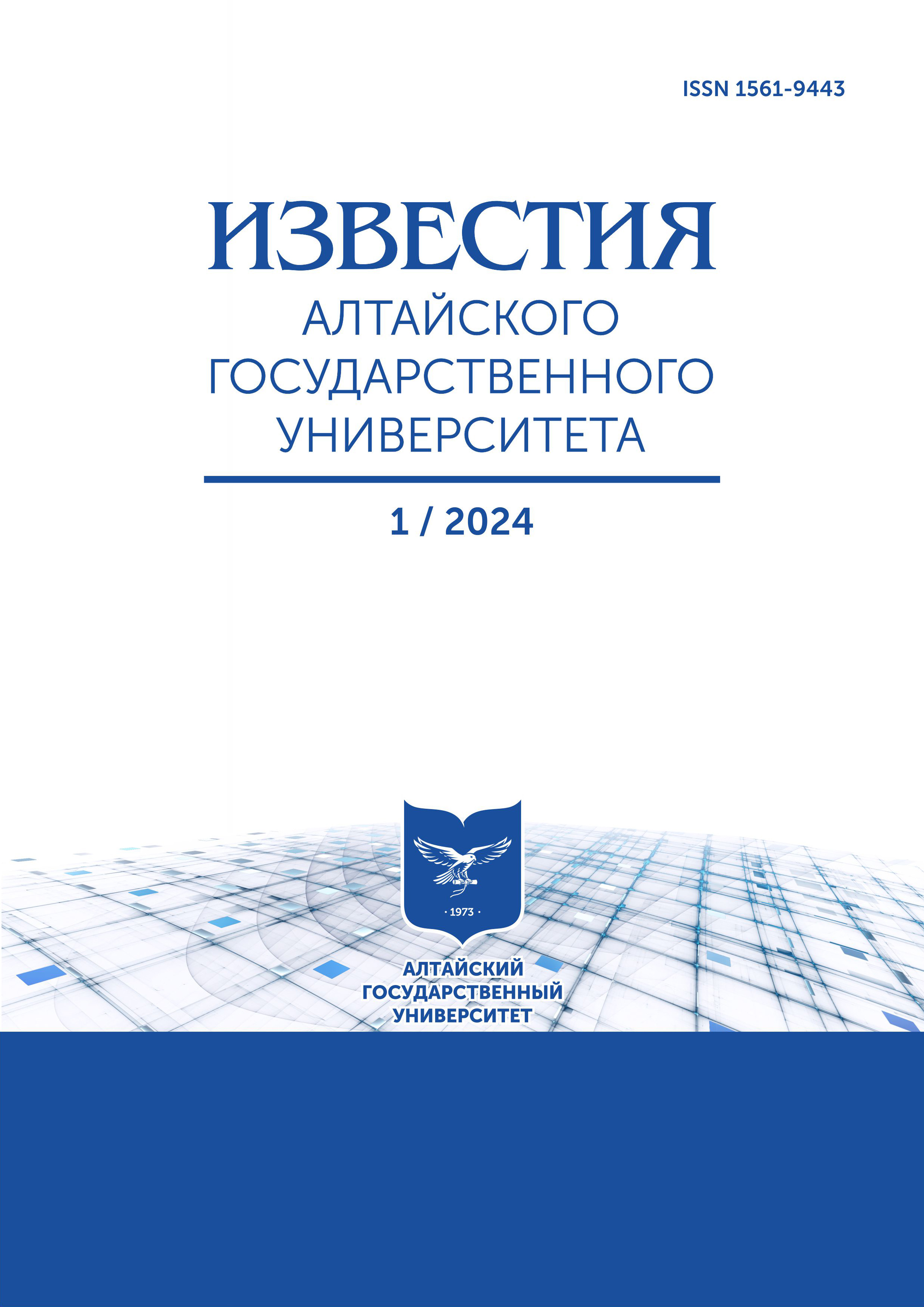Production of Aluminum-Matrix Composite Materials Using Spark Plasma Sintering
УДК 538.9:621.762:669.715
Abstract
The development of modern domestic and foreign industry requires the development of new materials with enhanced physical, mechanical, and operational properties. This is because the availability of the existing materials with the desired properties is stretched almost to the limit. There are several techniques for producing metal matrix composite materials (MMCM), such as ultrasound mixing, injection of powders in plasma jets, methods of endo- and exogenous reinforcement, injection with inert gas jets, mixing of reactive powders, etc. The conducted analysis of the mentioned techniques allows to conclude that available techniques lack stability of their results and, in some cases, are applicable only for certain types of MMCM (by matrix types).
The article presents the investigation results of the prospective technique for producing aluminum-matrix composite materials reinforced by the 10R6M5 steel particles using the spark plasma sintering (SPS). The proposed prospective technique uses the exposure of powdered metals to short powerful high-voltage electric pulse under mechanical pressure.
The investigation results also demonstrate the impact of operating conditions on structures of the produced aluminum-matrix composite materials.
Downloads
Metrics
References
Prusov E.S. Modern Methods of Metal Matrix Composite Alloys Production and New Approaches to Realization of Reinforcing Scheme // Machines, Technologies, Materials. 2014. Vol. 1. P. 11-13.
Прусов Е.С., Панфилов А.А., Кечин В.А. Современные методы получения литых композиционных сплавов // Литейщик России. 2011. № 12. С. 35-40.
Бабкин В.Г., Черепанов А.И., Углев В.А. Теория и технология литейных композиционных материалов: электрон. учеб.-метод. комплекс дисциплины, 2008 // Библиотечно-издательский комплекс СФУ URL: http://www.sfu-kras.ru/bik.sfu-kras.ru/elib/view?id= BOOK 1-621.74/%D0%91126-499991 (дата обращения: 20.10.2023).
Панфилов А.А., Прусов Е.С., Кечин В.А. Металлургия алюмоматричных композиционных сплавов. Владимир: Изд-во ВлГУ, 2017. 192 с.
Adebisi A.A., Maleque M.A., Rahman M.M. Metal Matrix Composite Brake Rotor: Historical Development and Product Life Cycle Analysis // International Journal of Automotive and Mechanical Engineering. 2011. Vol. 4. Р. 471-480. DOI: 10.15282/ijame.4.2011.8.0038
Браутман Л., Крок Р. Композиционные материалы. Поверхности раздела в металлических композитах. М.: Мир, 1978. Т. 1. 438 с.
Иванова В.С., Баланкин А.С., Бунин И.Ж., Оксогоев А.А. Синергетика и фракталы в материаловедении. М.: Наука, 1994. 383 с.
Copyright (c) 2024 Олег Александрович Масанский, Александр Михайлович Токмин, Александр Георгиевич Анисимов, Семен Олегович Масанский

This work is licensed under a Creative Commons Attribution 4.0 International License.
Izvestiya of Altai State University is a golden publisher, as we allow self-archiving, but most importantly we are fully transparent about your rights.
Authors may present and discuss their findings ahead of publication: at biological or scientific conferences, on preprint servers, in public databases, and in blogs, wikis, tweets, and other informal communication channels.
Izvestiya of Altai State University allows authors to deposit manuscripts (currently under review or those for intended submission to Izvestiya of Altai State University) in non-commercial, pre-print servers such as ArXiv.
Authors who publish with this journal agree to the following terms:
- Authors retain copyright and grant the journal right of first publication with the work simultaneously licensed under a Creative Commons Attribution License (CC BY 4.0) that allows others to share the work with an acknowledgement of the work's authorship and initial publication in this journal.
- Authors are able to enter into separate, additional contractual arrangements for the non-exclusive distribution of the journal's published version of the work (e.g., post it to an institutional repository or publish it in a book), with an acknowledgement of its initial publication in this journal.
- Authors are permitted and encouraged to post their work online (e.g., in institutional repositories or on their website) prior to and during the submission process, as it can lead to productive exchanges, as well as earlier and greater citation of published work (See The Effect of Open Access).








